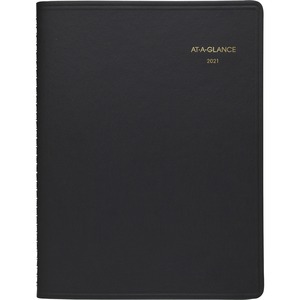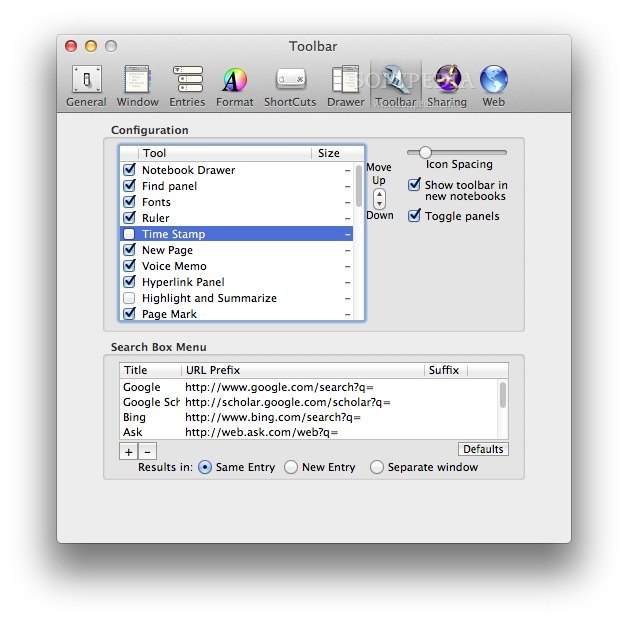

Read: Asynchronous communication isn’t what you think it is Improve recall Some team members may not have the ability to participate due to scheduling conflicts, but sharing the meeting notes gives them the opportunity to participate in the decision making process async. In the event that some team members are unable to attend the meeting, sharing past meeting notes can help bring them up to speed while still allowing them to process the meeting’s decisions on their own time. Compiling all meeting notes and agendas in the same place can help provide important context to conversation, in the event that somebody is ever out and is looking to catch up on what progress the team made Offer asynchronous participation One way to ensure that everybody on the team can reference notes later on is to keep them in a designated space as a central source of truth. Meeting notes also help maintain accountability, and can be helpful to reference later in a project. Creating written records of notes enables team members to reference the decisions that were made at a specific point in time.

While some people have razor sharp memories, others may quickly forget what decisions were made in a team meeting. Here are a few reasons why meeting notes can bring more clarity to your team. Meeting notes can come in many forms, and there are several benefits to creating them, regardless of which method you prefer. When you have a more formal meeting that needs to be recorded and documented, such as a public hearing or company meeting, meeting minutes are more appropriate. For situations such as project kickoff meetings, project plans, or casual 1:1 meetings, notes will do just fine. If you’re a project manager, it’s most likely that you will be using regular meeting notes. What's better-meeting notes or meeting minutes? The term "meeting minutes" comes from the latin phrase minuta scriptura, which translates to "small notes." While it can be helpful to dictate real-time minutes into your meeting minutes, dictating what's happening down to the minute is not the intention. Key decisions made, such as outcomes of elections, and motions accepted or rejected, and the date and time of the next meeting. Names of meeting participants and individuals who were invited but unable to attend.
#AT A GLANCE NOTETAKER PLUS#
Those requirements include:ĭate and time of the meeting, plus the time the meeting started and the time the meeting ended. Meeting minutes have a set structure for what needs to be included. Meeting minutes are a formal note-taking format that can be used as official documents by auditors or court proceedings. Meeting notes have no set structure or format, and note-taking techniques can vary by individual preference. Good meeting notes help you remember the important details from a meeting and any action items that you or other team members need to complete before the next meeting. Meeting notes are the key points of information you jot down during a meeting. We detail both of these types of documents in this article. The best way to ensure the crucial information and context is documented is through meeting notes and meeting minutes. While meetings are a key step to making good decisions, where do those ideas go? If it’s not clear whose responsibility it is to take notes, ideas and action items can get lost. Meetings are an important part of projects-they are where decisions get made and team members connect with each other. In this article, we discuss different note-taking techniques so you can create effective meeting notes. By providing your stakeholders with good meeting notes, you’re offering clarity into important conversations and key decisions being made, even if they’re unable to make the meeting. The Signature Collection was created for busy professionals who enjoy a simple planning experience with premium, modern cover materials and treatments.Taking good meeting notes is an important project management skill to have. Seeking space to track your goals, plans, notes and ideas throughout the year? The Harmony Collection of planners, calendars, and notebooks will help you keep it all together.

The Simplified by Emily Ley for AT-A-GLANCE Collection provides minimal, meaningful planners and tools to help busy people live simpler lives. The Elevation Collection is especially for new-to-the-workforce professionals who like planning products that reflect who they are and help them be their best. The Contempo Collection is designed for professionals who prefer less structured planning and want to show their style with sophisticated colors and metallic accents. The Badge Collection features fresh florals and symmetrical patterns to help shape your days with intricate and chic designs.


 0 kommentar(er)
0 kommentar(er)
